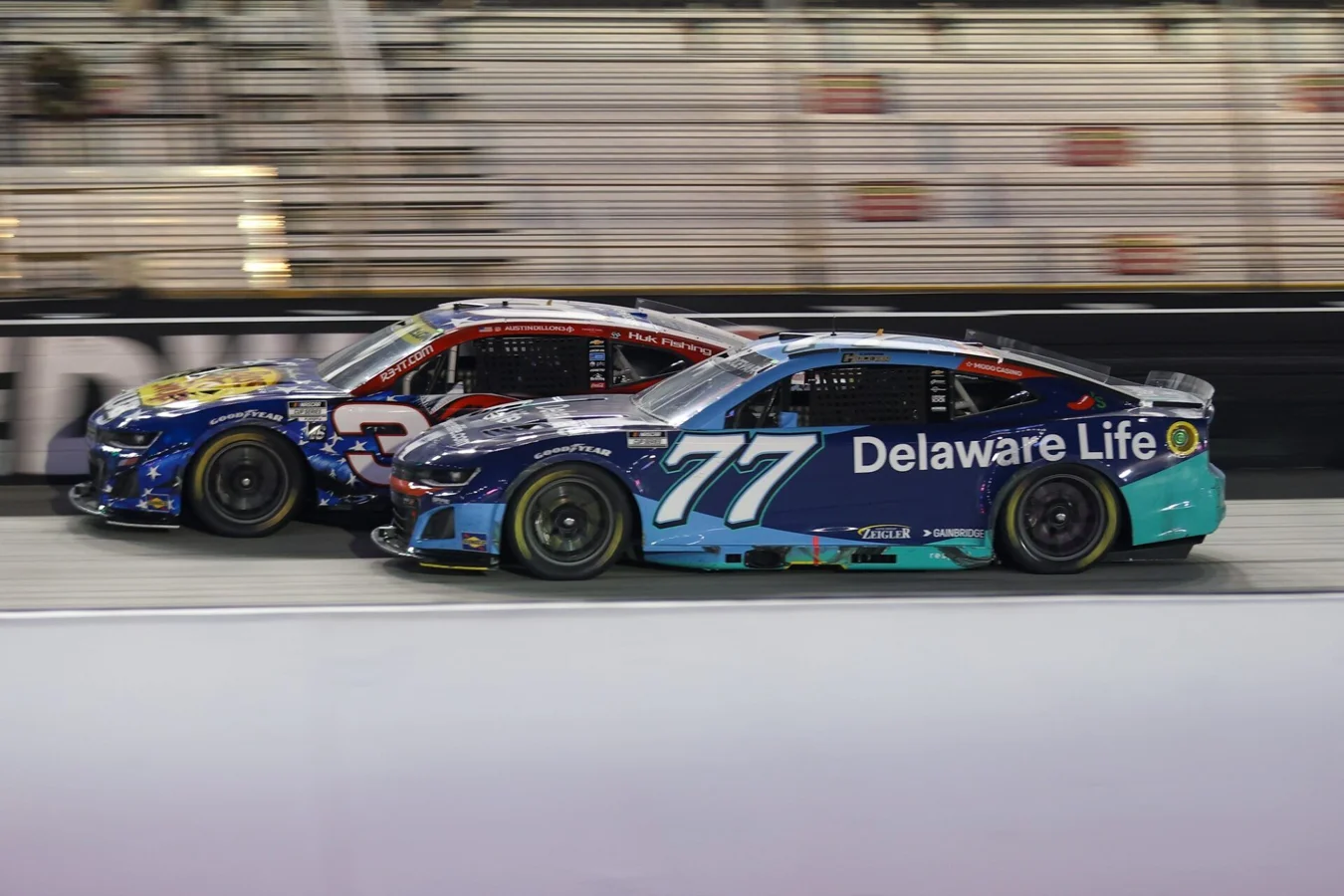Austin Dillon, driver for Richard Childress Racing, openly criticized Cody Ware over the radio after a dramatic incident at New Hampshire Motor Speedway, fueling tensions in the wake of the Austin Dillon New Hampshire incident. The confrontation occurred during a crucial phase of the race, with both drivers jostling for position and tempers quickly rising.
Dramatic Clash Between Dillon and Ware at New Hampshire
The conflict began early in Stage 1, when Dillon—piloting the No. 3 car—made contact with Cody Ware. While attempting to keep himself on the lead lap, Dillon nudged Ware, setting in motion a spin that left Ware facing the race leader, Ryan Blaney. The situation did not end there. With under 50 laps to go, tensions came to a head as Ware, now several laps down, sought retaliation. In his attempt to return the favor, Ware’s maneuver backfired, causing him to spin into the outside wall and damage his car severely.
Reacting to the series of events, Dillon expressed his frustration directly over the team radio:
“What an idiot. What an idiot. Why is he out here?”
– Austin Dillon, Driver
The intensity of the words highlighted Dillon’s mood following the run-in, raising questions about on-track sportsmanship and driver etiquette during high-stakes races.
Dillon’s Effort Pays Off Despite Early Setbacks
Despite the on-track chaos and heated exchanges, Austin Dillon managed to salvage a respectable result for Richard Childress Racing, finishing 13th after starting from 28th position. His teammate, Kyle Busch, struggled throughout and finished 30th. Ryan Blaney, directly involved during the incident, secured a significant playoff victory, guaranteeing himself a spot among the final eight competitors.

Austin Dillon Reflects on Team Performance
Following the race, Dillon acknowledged the challenges faced by his team at New Hampshire. He described various handling issues that made the competition more difficult but emphasized the collective effort to adapt and overcome obstacles. He shared his post-race reflections:
“Proud of the effort from our team. We fought hard for that one. The car was more rigid over the bumps and lacked rear grip at the beginning. We got on the other side of that but then were too tight. (Crew chief Richard) Boswell and the guys kept making adjustments, and we definitely made it better. The top rolled on restarts to gain ground at the end, and we came home with a solid finish, which was needed after our last few weeks,” he said in a post-race interview with NBC Sports.
Recent results, notably at Bristol Motor Speedway, had not been kind to Dillon, adding pressure to his campaign. In the prior round, he contended with aggressive tire wear that hampered his race strategy, ultimately leading to a finish well back in the running order. The Bristol adversity is something Dillon discussed in greater depth in a separate interview:
“Yeah, you know we were the first one to really experience tire issues. I thought I had a puncture at the beginning of the race. I didn’t know that we were actually cording tires 20 laps into a run.”
– Austin Dillon, Driver
The intense competition and mechanical setbacks contributed to Dillon’s elimination as one of the four drivers cut from the Round of 16, finishing four laps down. Tire issues affected multiple participants during the Bristol race, with AJ Allmendinger, the race polesitter, being one of the first to pit for new tires. Goodyear ultimately supplied extra tires to address the escalating problem as the event progressed.
Significance for Dillon and the Playoff Field
The Austin Dillon New Hampshire incident highlights the growing tension and emotions that can surface during critical points in the NASCAR Playoffs. Dillon’s blunt response to the on-track events reveals the competitive pressures drivers face while fighting for advancement. With playoff implications escalating, such moments can have lasting impacts—not only on individual drivers, such as Dillon, Cody Ware, and Ryan Blaney, but also on teams fighting to keep their championship hopes alive. As the series advances, the dynamics between drivers and the unpredictability of high-stakes incidents will continue to shape both the drama and the outcomes of this NASCAR season.
